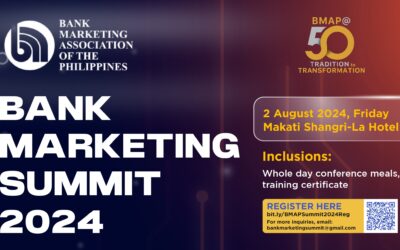
Yes, Heavenly UK was at the PANA GMM in March, and these brand consultants represented by Mark Radda, Strategic Director and Stephen Owen, Creative Director, delivered a rousing discussion on Branding in the Age of Hashtags.
First off, what is, and isn’t, branding? “A brand is not a logo. A logo is a signature, just a visual shorthand to what your brand is. Branding is not advertising either. Your advertising is just a physical rendition of your brand,” said Owen.
And, Heavenly UK knows this very well. Just ten years in the business, and already with a global client list, it was not always smooth-sailing for this celestial agency. In 2008, the agency was commissioned to create the branding for the 2012 Olympics by Lord Sebastian Coe, then head of the London Olympics Committee. The Olympics did wonders for the city looking back.
The logo, however, went off to an awful start. Receiving comments like, ‘something a five-year-old made’ and ‘like something went through a window’, Lord Coe had to stand by its brand, declaring it, ‘bold’.

Though not a client of Heavenly UK, the duo also shared how Starbucks gained an edge in their branding by using customers as real-time research and development.
Also in Radda’s and Owen’s Age of Hashtags talk is how Google’s Project Brief re-branded Coca-Cola’s 60s classic “I’d Like to Buy the World a Coke” for new media. For brand marketers, a study of Google’s Project Brief would provide concrete —and truly creative—examples of how classic ads have found their doppelgangers in a digital age.
In the age of hashtags, though, brands have to be quick to leverage new media. “The audience has a higher expectation now, fueled by social media that has changed how people interact with your brands. Branding is now created by consumers rather than by the brand communicators themselves, and brands need to connect much more deeper, and quicker,” stressed Owen.
So what is branding? Whether online, below-the-line, or traditional, branding is the balance of heart and mind. Branding is getting all the stakeholders, and that includes everyone connected to the company or brand, especially its employees in on it.
“It is how people feel about your brand. It is what you do everyday, anywhere. Branding is the people that deliver the brand,” said Radda.
“It is both emotional and rational. The role of the brand is to help people make a choice,” said Owen.
[nggallery id=15]



